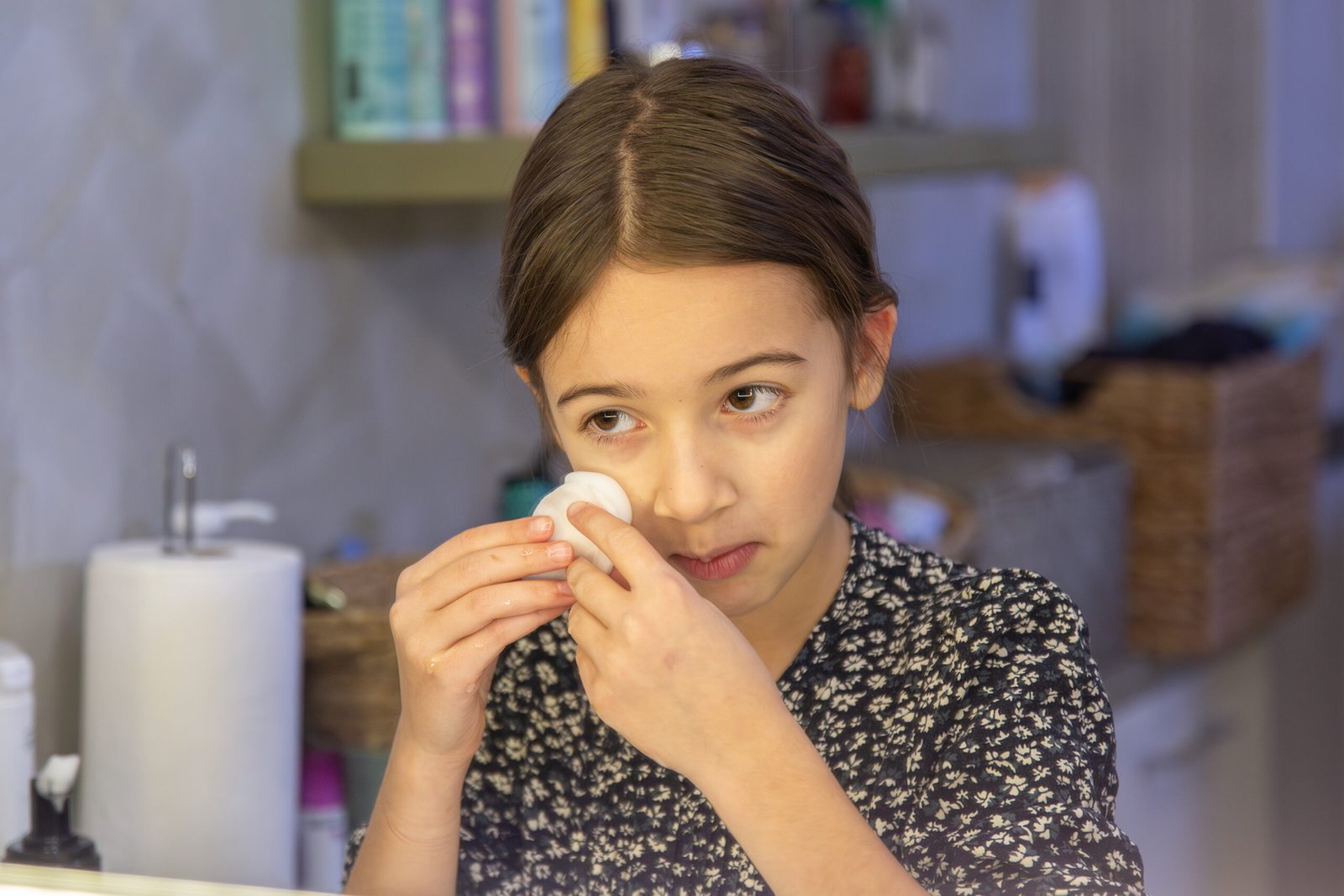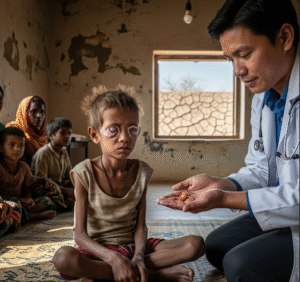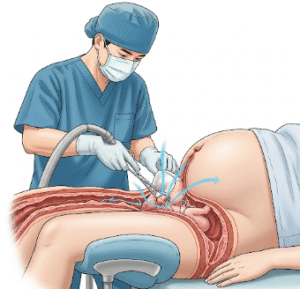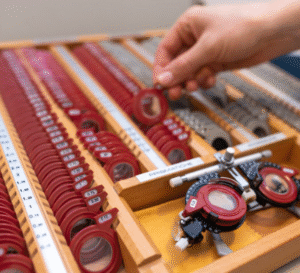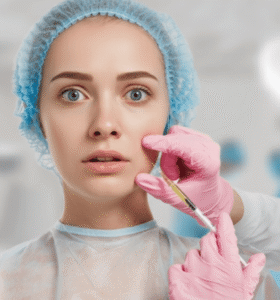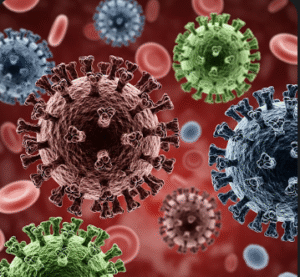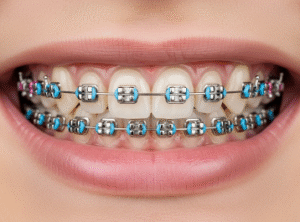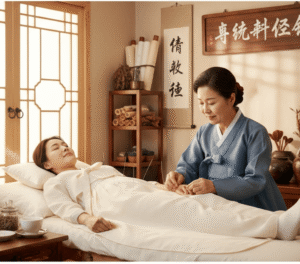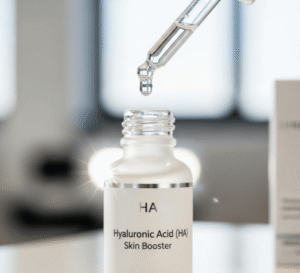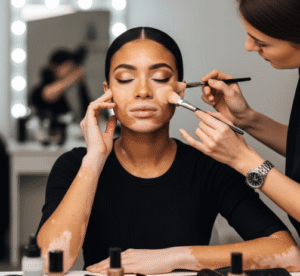Overview
Chloracne is a rare but serious skin condition caused by exposure to halogenated aromatic hydrocarbons, particularly dioxins and polychlorinated biphenyls (PCBs). It resembles severe acne, presenting with blackheads, cysts, and pustules, most commonly on the face, behind the ears, and upper body. In Korea, where industrial safety and environmental health are closely monitored, chloracne is mainly seen in individuals with occupational exposure or accidental chemical contact.
What is Chloracne?
Chloracne is a chemically induced acne-like eruption that occurs when toxic compounds, such as dioxins, damage the sebaceous glands of the skin. Unlike regular acne, chloracne tends to be more resistant to conventional acne treatments and can persist for years, even after exposure has stopped.
Symptoms
- Blackheads (comedones), especially in unusual locations like behind the ears and armpits
- Small cysts and pustules filled with pus
- Thickened, oily skin
- Skin discoloration (yellowish or grayish tone)
- Severe cases may cause scarring and facial disfigurement
Causes
- Exposure to chlorinated hydrocarbons (dioxins, PCBs, herbicides, insecticides, fungicides)
- Occupational exposure in chemical plants, waste incineration sites, or pesticide industries
- Environmental accidents (industrial leaks, contaminated food or water sources)
Risk Factors
- Workers in chemical, pesticide, or waste management industries
- Living near industrial plants with poor emission controls
- Prolonged or high-level exposure to dioxins or related chemicals
- People with higher skin sensitivity to toxins
Complications
- Permanent scarring and skin damage
- Chronic, persistent lesions that are difficult to treat
- Psychological distress due to appearance changes
- Increased risk of systemic toxicity, including liver damage, immune system dysfunction, and increased cancer risk from dioxin exposure
Prevention
- Strict occupational safety measures (protective clothing, masks, ventilation systems)
- Regular monitoring of industrial workers for skin conditions
- Avoiding consumption of food or water contaminated with dioxins
- Proper regulation and disposal of hazardous chemicals
- Routine environmental safety inspections in industrial areas
Treatment Options in Korea
Korea has advanced dermatology and occupational health centers that provide treatment for chloracne, focusing on both skin management and systemic health monitoring.
1. Medical Treatments
- Topical retinoids (tretinoin, adapalene) to reduce clogged pores
- Oral retinoids (isotretinoin) in severe cases
- Antibiotics (oral or topical) for secondary infections
- Anti-inflammatory creams to reduce swelling
2. Dermatological Procedures
- Laser therapy for scar reduction and skin resurfacing
- Chemical peels to improve skin texture
- Extraction of cysts in dermatology clinics
3. Systemic Monitoring
- Patients with chloracne in Korea are often evaluated for liver function, immune system issues, and toxic exposure levels
- Hospitals coordinate with occupational and environmental health departments

